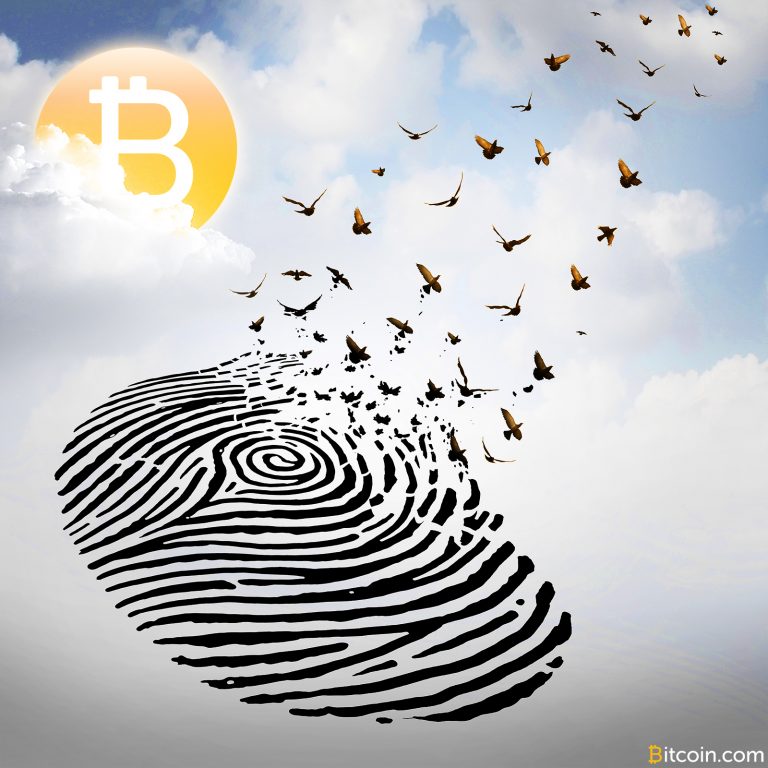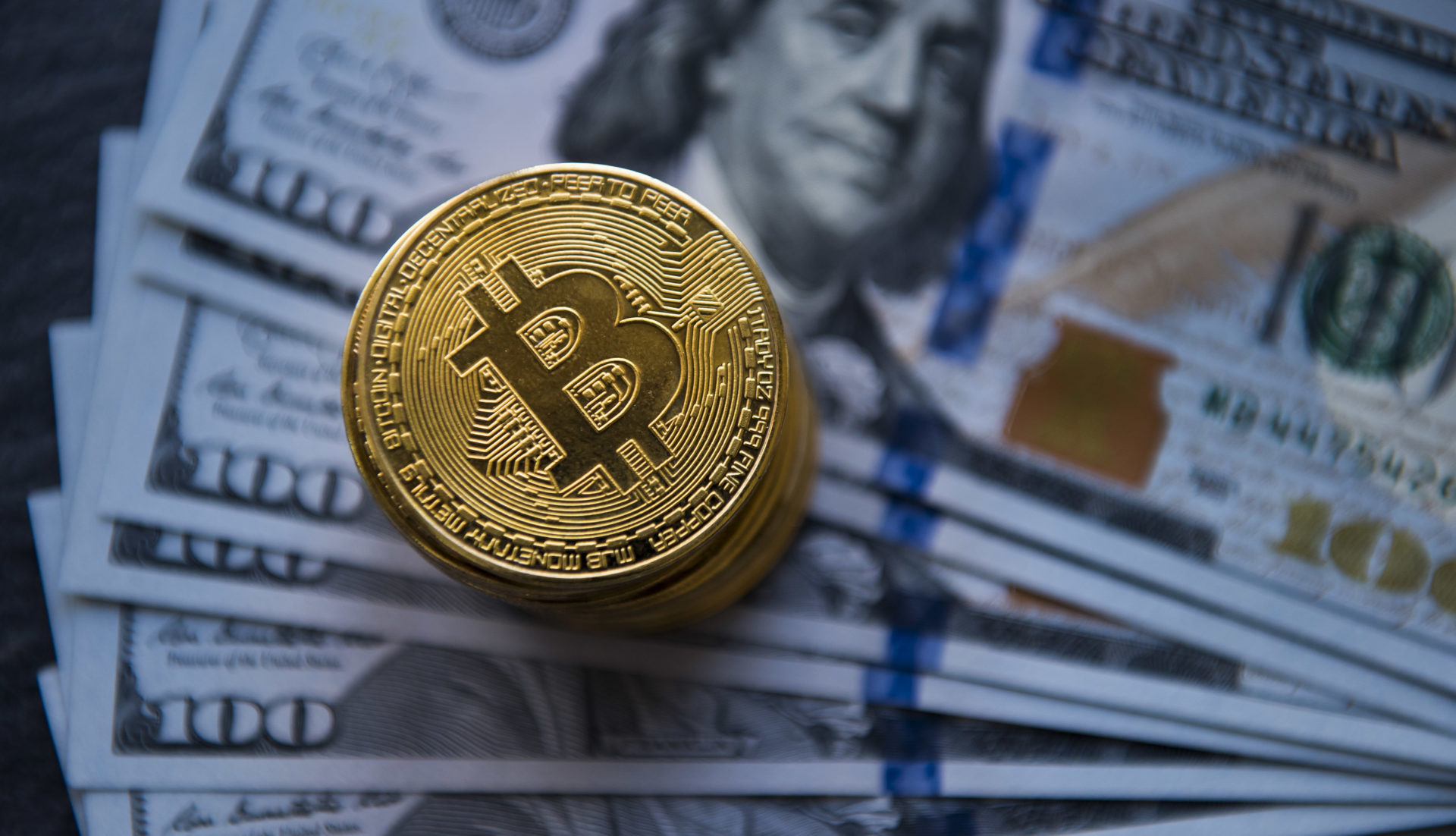2018-9-19 07:28 |
If you want to understand the world today, it helps to understand history. If you want to understand bitcoin today, then it helps to understand bitcoin’s history. Today, we’re highlighting a brief history of bitcoin before its launch.
The Very BeginningsFirst, it’s important to note that much of bitcoin’s early history is speculation. We still don’t know who invented bitcoin. We don’t know who Satoshi Nakamoto is or was. Below, we’ll try to focus on things we know for absolute certain about bitcoin, its early history, and Satoshi Nakamoto.
Satoshi Is Motivated To Launch Bitcoin After Following The Cypherpunk MovementSatoshi Nakamoto was motivated to launch bitcoin in part because of his involvement with the cypherpunk movement through the 1980s, 1990s, and 2000s.
If you’re like most people, then you’ve never heard of the term “cypherpunk” in your life. Essentially, it’s like a libertarian movement focused on privacy, anonymity, and cryptography.
One of the best summaries of the cypherpunk movement was written by mathematician and computer programmer Eric Hughes in 1993’s “A Cypherpunk’s Manifesto.”
Here’s how Hughes summed up the movement and its importance:
“Privacy is necessary for an open society in the electronic age. Privacy is not secrecy. A private matter is something one doesn’t want the whole world to know, but a secret matter is something one doesn’t want anybody to know. Privacy is the power to selectively reveal oneself to the world.”
Satoshi Nakamoto has frequently referenced participation in cypherpunk groups during the 1980s and 1990s. Satoshi’s interest in the cypherpunk movement would eventually spark the creation of bitcoin.
Early Versions Of Digital Cash From The Cypherpunk MovementToday’s scientists are often said to be standing on the shoulders of giants: they’re building off the work of previous researchers.
Satoshi did the same with bitcoin. Bitcoin wasn’t the first form of encrypted electronic cash. Bitcoin wasn’t even the first proof of work system. Instead, other members of the cypherpunk community created various forms of secure, digital cash prior to the launch of bitcoin. Satoshi referenced a number of these early projects in his original bitcoin whitepaper.
American computer scientist and cryptographer David Chaum, for example, created DigiCash all the way back in 1990. DigiCash used cryptography to create a secure payment protocol. Features like blind signatures allowed users to sign off on transactions without revealing their identity. The problem with DigiCash was centralization: Chaum’s own company was responsible for validating all DigiCash signatures. The company and project were bankrupt by 1998.
Another promising project was Hashcash, promised in 1997 by British cryptographer Adam Back. Hashcash was proposed by Back as a way to prevent email spam. To prevent email spam, anyone sending an email would be required to solve a cryptographic puzzle – or proof of work. This would prevent spammers from sending out millions of emails en masse.
Then there was B-money from software engineer Wei Dai. B-money was an anonymous type of decentralized electronic cash. Wei Dai’s B-money was included in bitcoin’s whitepaper, and it may have been the closest thing to bitcoin before the actual launch of bitcoin. B-money had a proof of work function. Everyone maintained a copy of the B-money database. Workers were rewarded with funds for verifying transactions. All of these concepts would heavily influence the future development of bitcoin.
Hal Finney took the “proof of work” concept and ran with it in the late 1990s by creating the world’s first reusable proof of work (RPOW) system. Finney’s RPOW system was designed to be used to secure money. Websites could accept a POW token from a user to prevent spam. Then, they could exchange that POW token for a fresh RPOW token. The RPOW system was protected by private keys stored in hardware.
There was also American computer scientist, legal scholar, and cryptographer Nick Szabo. In 1998, Szabo created a digital currency protocol called “bit gold”. That protocol can also be closely connected to bitcoin. Bit gold theorized a system where users dedicated computing power to solving cryptographic puzzles. There were public registries with public keys and private keys to secure transactions. The goal was to create a secure version of digital gold transferable over the internet – hence the name bit gold.
When Satoshi Nakamoto was developing bitcoin in 2007 and 2008, Wei Dai and Adam Back were the first two people he contacted. Hal Finney, meanwhile, was the first person in the world to receive a bitcoin transaction.
2007-2008: The Development Of BitcoinThis is where bitcoin’s origins get murky. All we really know for sure about bitcoin are two important dates:
October 31, 2008: This is the date the bitcoin whitepaper was published online. Satoshi Nakamoto uploaded the whitepaper to a website he had registered, then shared the link with a cryptography / cypherpunk mailing list. Members of that group – including some of the people we mentioned above – took immediate interest in the project.
January 3, 2009: By January 3, 2009, the bitcoin network was ready to launch. Satoshi Nakamoto mined the bitcoin genesis block on January 3, 2009, signing it with a headline from the London Times from that date. Since then, a new bitcoin block has been added to the bitcoin blockchain every 10 minutes, and the bitcoin network has been successfully operating ever since.
These are the two most important dates in the pre-history of bitcoin. Based on these dates, we can assume that bitcoin’s development – including the writing of the whitepaper – took place throughout 2008 and possibly into 2007.
We also know certain other factors. We know that the bitcoin.org domain name was registered on August 18, 2008, for example.
Aside from that, we don’t really know much about how, when, why, or where Satoshi Nakamoto created bitcoin. There are rumors online about various people contributing to various aspects of bitcoin’s development, but it’s all hearsay at this point.
The Identity Of Satoshi NakamotoOne of the reasons we know little about the early development of bitcoin is that we still don’t know who Satoshi Nakamoto is.
All of the names listed above have been suggested to be Satoshi Nakamoto. All of the names above were prominent members of the cypherpunk space and cryptography movement throughout the 1990s.
Then there are two people we have not yet mentioned, including Craig Wright and Dave Kleiman. Wright was publicly outed as Satoshi Nakamoto by online news outlets in December 2015, then admitted he was Satoshi in 2016. Wright even claimed to provide proof of his claim. However, the proof was insufficient, and Wright has not yet demonstrated indisputable proof of control over any aspect of Satoshi – like his original bitcoins.
To this day, debate rages about the identity of Satoshi. It could be any of the men listed above. It could also be a woman – we’ve just used the “he” pronoun in this article because all of the proposed Satoshi Nakamoto figures are men. Satoshi could even be a government organization. Some people claim the US Federal Reserve created Satoshi Nakamoto, for example, or the CIA.
A Brief History ConclusionBitcoin’s early days continue to be shrouded in mystery. We do, however, have several indisputable facts from the days of bitcoin before launch. A lot of bitcoin’s early history continues to be untold – at least for now.
Similar to Notcoin - TapSwap on Solana Airdrops In 2024
Bitcoin (BTC) íà Currencies.ru
|
|



























